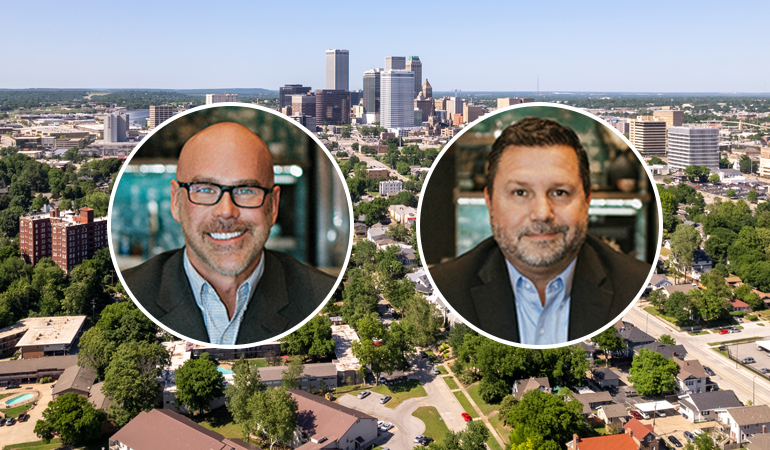Long standing friendships often provide the best windows into the true creative experience, especially when the work discipline and aesthetic discipline of both friends are woven together in so many ways. Recently The Agency’s Paul Lester had the pleasure of sitting down with his good friend, colleague, and collaborator Tim Campbell, principal of Studio Tim Campbell, designer and interior creator, to discuss his latest projects, venues, design philosophies and travels.
You’ve been instrumental in a number of high-profile preservation projects, from the Colony Palms Hotel to the Richard Neutra Singleton House. What is it that draws you to these projects and how would you describe your overall approach to them?
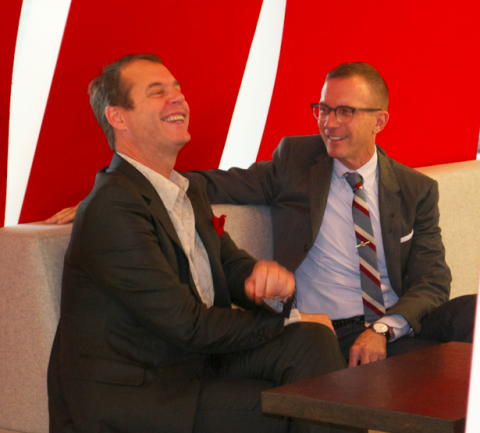
Paul Lester with Tim Campbell (at right).
TC: I think the draw is easy to explain. Each of these projects and many others I’ve worked on of similar pedigree, come with their own sets of challenges and from a design perspective, they require a professional rigor that I love. By that I mean, that when approaching a project like the Singleton House or the Rex Lotery we are currently renovating in Beverly Hills, what is required of me is two-fold. Firstly its about getting into the head and often heart, of the projects original architect and trying to understand what he or she would do differently today. That is about the subtraction of my ego which I think for most of us in the profession, can be difficult.
Secondly it is then about finding a mindful way of altering the structure to meet our current clients needs. That ultimately is what saves these amazing houses- making them work for today. As such, my approach is really to move quietly and do my work in such a way that you would have a hard time guessing that my hand was even there.
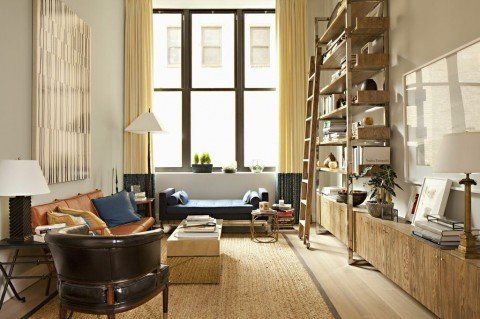
Collaboration is a key component of our success at The Agency. How do you, as an architect, approach collaboration with others (whether with clients or other designers/architects)?
TC: I’ve always believed that collaboration is the key to success in any business and its true more than ever today. Because of the way information is shared in the modern world, everything about all our professions is different. I know a lot of designers and architects are afraid of collaboration, as the idea that ones vision is shared and thus diluted, however I embrace it because ultimately it leads to the best work. Its not only collaboration amongst my team but with the client, the contractor, quite importantly the real estate agent (who knows the market better than a good solid agent?) and frankly the many craftsmen and tradesmen we work with on these projects. In the end, I know what my vision is for a particular project and I trust my instinct, experience and my ability to convey that to the client and because I know who I am, I’m not afraid to allow that vision to be shaped by the team. In the end its about stewardship and the highest compliment I’ve been paid in my role, was when a client said I was a good steward through the process.
What are the biggest challenges you encounter as a designer? And how do you overcome them?
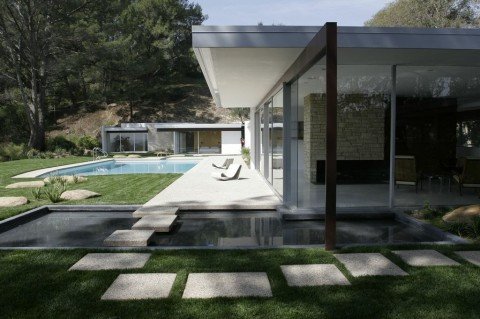
The Singleton House, Beverly Hills
TC: I think the biggest challenges today remain in navigating the ever increasingly complex building code while dealing with ever shorter deadlines. You don’t have to travel far from Los Angeles to understand why the Zoning Code and Building Code are important but how those have become implemented at the various city levels is more often than not, maddening. Clients don’t understand the code and often times nor do those in charge of enforcing the code. The work around is that we now always use a code consultant and a permit expeditor on all jobs big or small.
The second part of that is the clients expectations of the building cycle and frankly how long it takes do build beautiful buildings. I liken it to couture in that what we are doing is really making one- off houses where in many cases, nothing is off the shelf. That takes time and when the house is done, its always worth it. During the process, it can become burdensome to the client. The work around is constant communication with the client and involving them in weekly job site meetings, keeping them in the loop on the background work during the process and a lot of late night and weekend phone calls and meetings. I wold not trade any part of it however.
You’re a passionate world traveler. How important and influential is that to the aesthetic you create for your clients?
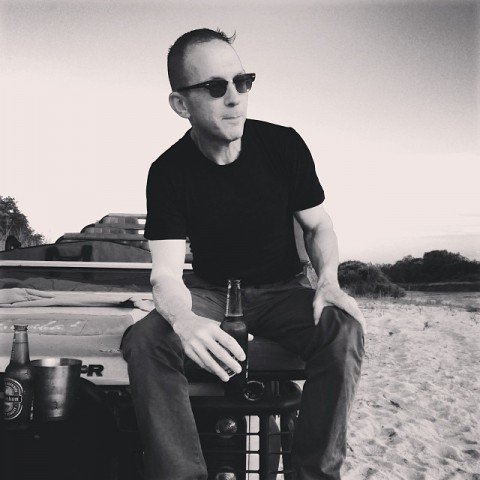
Tim in Africa.
TC: For me, travel is everything and it’s not just about Paris and London and New York. I’m in Africa once a year at least, and this year alone I’ve been to 22 cities and seven countries. To the architect or designer, a good trip is like reading an amazing book on the perfect rainy day, in your favorite chair with the best cup of coffee possible. Travel expands your visual vocabulary and changes how your brain sees things back home. From a purely aesthetic standpoint, seeing the world and how others live is critical to continuing the development of my professional eye and honing my sense of place. From a personal standpoint, travel is the only time I relax.
What are some design trends right now that you’re not particularly fond of?
TC: Well I’m not fond of trends in general as they require the idea of group thought. That being said the most dangerous trend I see is what I call the homogenization of our collective aesthetic. It can be seen most effectively in the evolution of brands like Restoration Hardware and Crate and Barrel, which is not to say that those two brands are bad. I just think they provide an opportunity for individuals to think less about what is beautiful and succumb to a group aesthetic. That is not necessarily because as individuals or a society we are aesthetically lazy, but perhaps too busy to stop and consider what our personal aesthetic is. It leads, in my opinion to a visual sameness that is dull and flat and uninteresting. There is nothing more beautiful than individuality and while the principals of beauty that I follow are constant (light, mass, scale, proportion, texture, color and site) its the times we deviate from those in intentional, directed ways that allows a home to shine with an individual light.
Any trends that you’re excited about, or foresee?
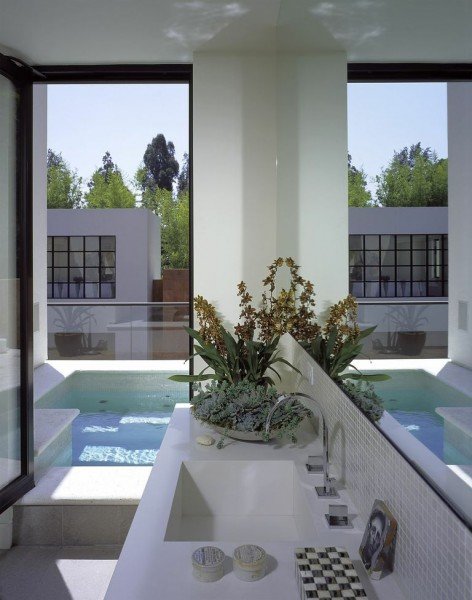 TC: I’m seeing clients demand a higher quality of work which is exciting. Our clients are well traveled and better versed now than ever before in taste and style and its leading to better work. It also leads to richer client relationships and a much better quality of real estate in Los Angeles and New York (the two primary markets I work in). I’m also seeing clients spend money in smarter ways; buying better furniture and investing in art for example. The labor pool is better qualified today as well. On a more broad note, I’m excited about how Los Angeles is being discovered by more Europeans. I’ve always believed in Los Angeles and I think as a city, she is coming into her own like never before. I have homes in both places and like most people I know, I love New York. I’m happy to see LA becoming in most ways, every bit as sophisticated and grown up, in her own way, as New York.
TC: I’m seeing clients demand a higher quality of work which is exciting. Our clients are well traveled and better versed now than ever before in taste and style and its leading to better work. It also leads to richer client relationships and a much better quality of real estate in Los Angeles and New York (the two primary markets I work in). I’m also seeing clients spend money in smarter ways; buying better furniture and investing in art for example. The labor pool is better qualified today as well. On a more broad note, I’m excited about how Los Angeles is being discovered by more Europeans. I’ve always believed in Los Angeles and I think as a city, she is coming into her own like never before. I have homes in both places and like most people I know, I love New York. I’m happy to see LA becoming in most ways, every bit as sophisticated and grown up, in her own way, as New York.
What was the best design advice anyone gave you?
TC: Firstly to be fearless and just do what you love aesthetically. That has taken years to grow into and it does not mean that one must be an aesthetic dictator. On any project the finite details are always in flux and collaboration requires that but the principals of beauty remain fixed.
You have offices in both LA and New York. Any plans for a third office? Would you consider establishing a presence outside of the U.S.? If so, where? I would love to work in London as its one of my favorite cities but at the moment I’m focused on expanding our New York presence and continuing to build our Los Angeles office.
How would you describe the overall feel and design of your own home? What is your favorite piece of furniture?
TC: My husband and I live in a brutally modern house, mostly with artifacts from our travels and a contemporary social / political art collection, so the feeling is somewhat global I think. The feeling I’ve gone for in our own home is peaceful and eclectic. Our New York apartment (when finished) will be more of an Englishman in New York vibe (although clearly I’m not an Englishman). My favorite piece of furniture at the moment is a pair of vintage Thonet Chairs dated to 1890, which I recently purchased from Blackman Cruz.
 If you had to live somewhere outside of the US, what country/city would you call home?
If you had to live somewhere outside of the US, what country/city would you call home?
TC: I’d live in Paris in a heartbeat. I have never had a rough day in Paris and I love being outside of my comfort zone. Since I speak very little French and because I live in LA and am petrified of consuming carbs (croissants), Paris keeps me on edge. On a serious note, it is simply one of the most beautiful cities in the world, the wine is amazing, the appreciation for slow meals and long walks, the love of fashion and art, it all leads to a kind of idyllic existence in my mind.
Visit: studiotimcampbell.com


